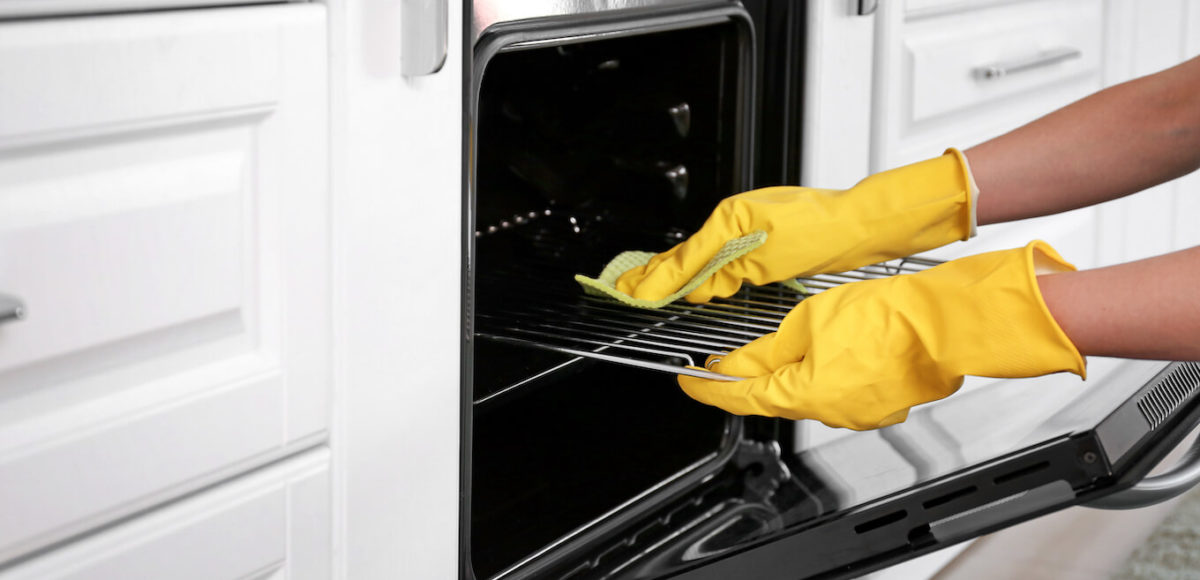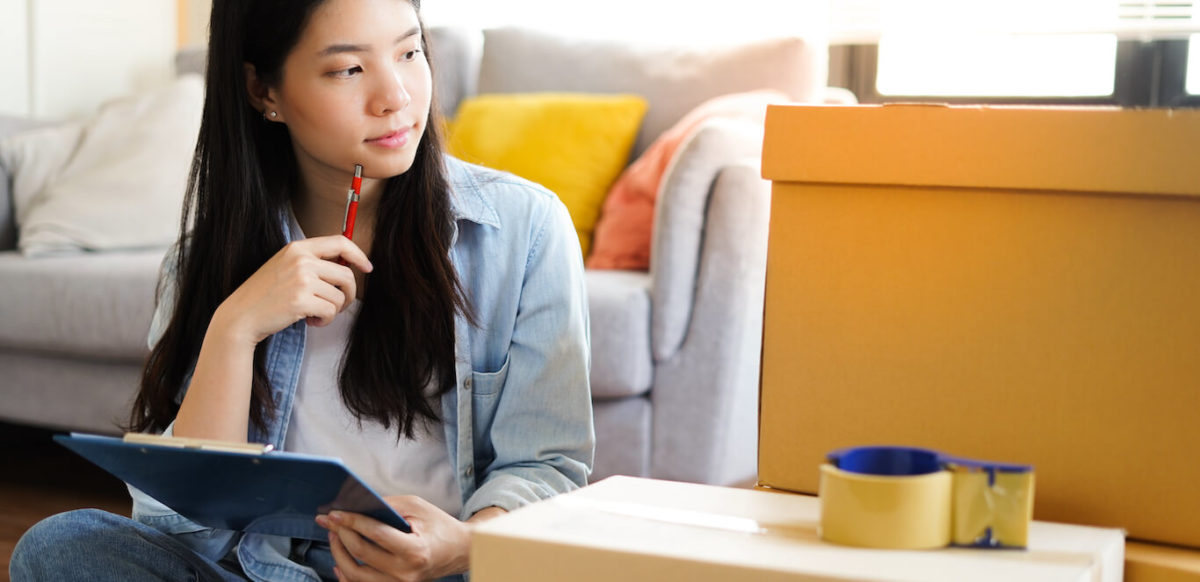Summer is the season for pool parties, vacations, and fun. But it’s also the season most people move from one apartment to another. Having a thorough moving-out checklist is one thing, but what should you keep top of mind when you move in?
You may have found the perfect apartment and done the apartment walkthrough and basic move-in inspection, but excitement over the move-in stage could cause you to miss some issues that might affect your security deposit down the line. So, if you want to know how to get your security deposit back, use this list of often-overlooked spots to check during your move-in inspection.
Closets and pantries
It might seem frivolous to give the inside of your closets and pantries a good look-over. But this is a perfect place for things like water damage, holes in the drywall, or faulty lights to be hiding. (Not to mention any pests that might currently be residing in your new closet. Freeloaders.) So, don’t be shy. Grab a flashlight and check all those nooks and crannies.
Soft spots in floors
If the previous owner had pets, there’s a chance those pets had accidents. Unfortunately, these accidents can ruin spots on hardwood floors, even if they are covered in wall-to-wall carpet! And if you have a pet, the last thing you want is your landlord blaming your furry friend for those damages when you move out.
If your apartment has hardwood or laminate floors, then checking for pet urine damage is fairly easy. Look for any places where the floor is buckling up or spots where the floor planks are separating. Make note of these areas and notify your landlord.
If your apartment is carpeted, it’s not as easy to tell if your subfloor or carpet has urine damage. One way to do it is to get down and start sniffing. Pet odor can linger for quite a while, so if you detect a weird smell, inspect the floor in that area for soft or spongy carpeting. Take a mindful stroll through each room, making note of anywhere that feels or smells unusual.
If you aren’t bringing a pet with you to your new apartment, then it will probably be easier to get off the hook for damages caused by pet urine when moving out. But if you are moving into your new place with a pet, a little prep work can help make sure you aren’t penalized for prior accidents.
Kitchen cabinet shelves
You’ve probably opened and closed every cabinet while admiring all the potential storage space in your new apartment. But did you check every shelf in each cabinet? You probably should. If the previous tenant put dishes away before they were dry, moisture could have built up inside the cabinets and caused water damage. Double check every shelf. Even those top ones you never plan on using.
Bathroom floors and walls
Bathrooms are pretty good about keeping water where it needs to be. But leaks happen (and so do messy tenants). Check the floors for water damage by looking for buckled or raised areas, and ensure there aren’t cracks or mold in the shower.
Additionally, steam from hot showers can create excessive moisture in the bathroom that condensates on the walls. Check for any soft spots in the walls and ceiling where water may have accumulated over time.
If your new apartment isn’t well ventilated, you’ll want to check spots on your walls around the bathroom where excess moisture could have caused damage, too.
Bathroom drawers
Like your kitchen, it’s best to check every bit of storage space in your bathroom for existing damage. Open every drawer to make sure it isn’t warped, and the drawer slides are working correctly. While you’re at it, check for water damage, as well. You can’t be too careful.
Blinds
Go through every room in the apartment and check if the blinds are in good shape. Look for any broken slats, faulty tilt mechanisms, or missing pull cords. Make sure they go up and stay up, as well as go down without getting stuck.
Lights and outlets
You probably used most of the light switches already during your walkthrough of the apartment. But to be as thorough as possible, you’ll want to make sure you check every light switch and outlet. Place sticky note tabs on each light switch and outlet as you inspect them so you can see which ones you’ve examined. Mark the sticky notes for ones (if any) that are defective.
Adding these items to a written move-in inspection report is a great way to hopefully keep your landlord from nickel and diming you to death when you move out. But the most foolproof way to avoid worrying about getting your rent deposit back is not to have one. It’s hard to do, but possible! Use ApartmentSearch to find apartments near you with little to no security deposit.
Want more apartment tips?
Check out our Moving Resources guide to help make your next move the smartest one yet.




